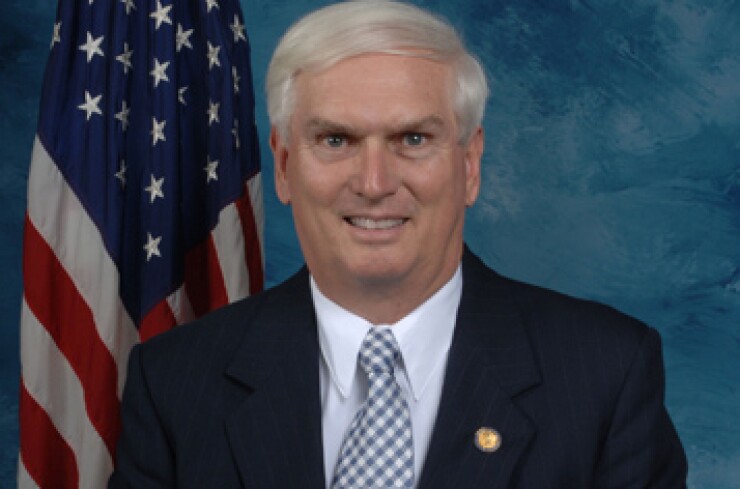
AUSTIN -- Public-private partnerships can deliver complex infrastructure projects more quickly than wholly public efforts but will be able to address only a small portion of U.S. transportation needs, a special House panel on P3s found in a report released Wednesday.
The P3 panel was established in January by the House Transportation and Infrastructure Committee to balance the needs of the public and private sectors when P3s are used to finance infrastructure, said committee chairman Rep. Bill Shuster, R-Pa.
"We know the private sector has significant interest in investing in U.S. infrastructure, but the challenge has been how to make sure our federal policies allow this potential to be responsibly unlocked while also protecting the public interest," said Shuster.
The findings in the P3 report will be useful when Congress develops a new federal transportation funding bill in 2015, Shuster said.
The 55-page report by the 11-member group recommends continuation of the Transportation Infrastructure Finance and Innovation Act low-cost loan program and encourages Congress to review the eligibility of private activity bonds in financing public buildings and all forms of air, water and surface transportation.
The TIFIA program is a critical component to P3 procurements in the U.S and the loans have been a component in most P3 projects, the report said. The panel also recommended raising the cap of $15 billion of federal transportation PABs that are not subject to state limits.
"Federal support for TIFIA and PABs are important elements to the continued use of public-private partnerships in the United States," the report said.
TIFIA has committed more than $15 billion in credit assistance to help finance 48 loans and less than half of the loans are currently in repayment or retired.
Well-executed P3s can enhance the delivery and management of infrastructure but the concept does not fit every project, said Rep. John Duncan, R-Tenn., chairman of the P3 panel.
"Billions of dollars of infrastructure needs in the U.S. are in search of funding," Duncan said. "P3s cannot provide the sole solution to all of the nation's infrastructure needs, but they can offer significant benefits, particularly for high-cost, technically complex projects that otherwise may risk dying on the vine."
Rep. Nick J. Rahall II, D-W.Va., the ranking Democrat on the transportation committee, said P3s are part of the answer to under-investment in public infrastructure, not a comprehensive solution.
"While P3s remain an important, limited option for certain projects, this report makes clear that they are no silver bullet when it comes to our infrastructure funding challenges, and that continued federal investment in our highway and transit systems is needed," said Rahall.
There were 98 highway P3 projects totaling $61 billion completed in the U.S. between 1989 and 2013 or 1.5% of the approximately $4 trillion spent on highways during that period by federal, state, and local governments, according to the report.
"P3s are unlikely to constitute more than a small portion of highway and transit investments, and provide the most value for high-cost, complex projects that governments have not had extensive experience in constructing," it said.
The U.S. lags behind others in using P3s to build and operate highways and other public projects because of the financial advantages provided by the tax-exempt bond market, the report noted. Governments around the world signed 158 P3 agreements from 2008 to October 2013 for a total value of $160 billion, but only 15 projects totaling 9% of the global total value were in the U.S.
The report emphasizes the need for vigorous and robust federal transportation funding, said Rep. Nick Capuano, D-Mass., co-chairman of the P3 panel.
"Most of the financing for these P3s are public funds," he said. "TIFIA and PABs are huge chunks of every project and those involve tax dollars. We are putting federal dollars on the table and to pretend otherwise is just wrong."





